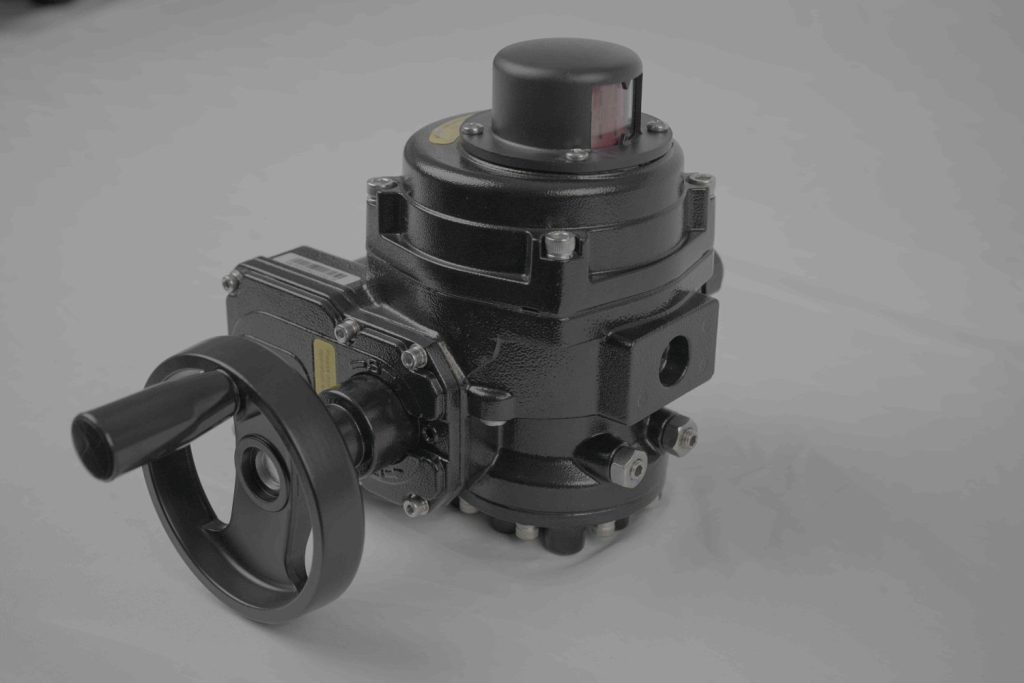Lithium batteries have revolutionized the world of energy storage and power supply, driving advancements in various fields from consumer electronics to electric vehicles. However, as with any technology, the safety and efficiency of lithium batteries are paramount. One crucial component in ensuring these attributes is the lithium battery valve. This article delves into the role, functionality, and importance of lithium battery valves, highlighting their contribution to battery performance and safety.

The Role of Lithium Battery Valves

Lithium battery valves, often referred to as pressure relief valves or safety valves, are integral to the safe operation of lithium-ion batteries. These valves are designed to regulate and control the internal pressure of a battery cell, which is crucial for preventing catastrophic failures. During normal operation, lithium batteries generate heat and gas due to chemical reactions within the cells. Under excessive conditions, such as overcharging, short-circuiting, or thermal runaway, the pressure inside the battery can rise significantly. The primary role of the lithium battery valve is to release excess pressure before it reaches dangerous levels. By doing so, the valve helps to prevent the battery from swelling, rupturing, or catching fire, which could lead to serious hazards. The valve essentially acts as a safeguard, ensuring that the battery remains within safe operating parameters.

Leave a Reply
You must be logged in to post a comment.